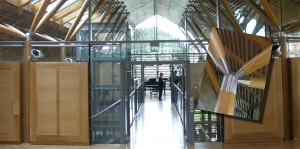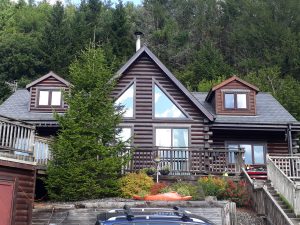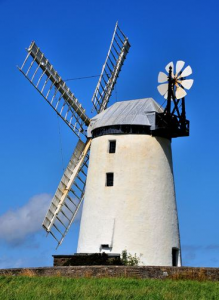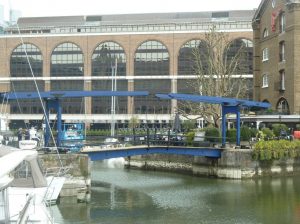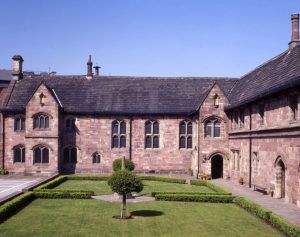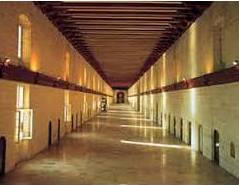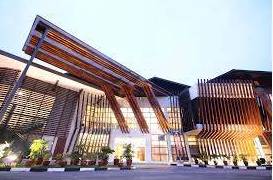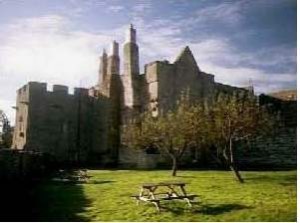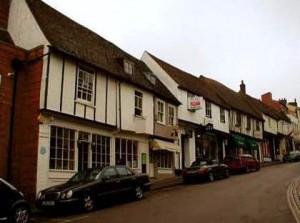If xanthan gum is chosen instead of guar gum, the solids content may be between 40 and 70 g/tablet (a). Please find below a selection of Case Studies provided to give you some examples of projects that have been completed using the Resiwood repair system and Rotafix Products.
This case study focuses on the repairs to the log cabin suffering from water ingress as a result of wet rot, open joints, and fissures in the timber. The Owner uses RSA, Borotreat and Timber inserts to effect essential repairs.
Chigwell School in Essex is a Grade 1 listed building dating back to 1816. A leaking roof has led to long term decay to main structural elements of the roof structure. Using TG6 as a bearing surface it was possible to repair in situ the roof structure with minimal disturbance.
Ballycopeland Windmill Fan Table Repairs using Bonded in Rods Case Study
The Ballycopeland Windmill in Millisle, Co. Down is prime example of low disturbance methods reducing the cost and time associated with making an essential repair. The main beam on the fan table supporting the rear fan had decayed and needed to be replaced. This case study outlines the repairs using TG6, Rotafix Structural Adhesive, Bonded in Rods and Timber Resin Splice.
St. Katharines Dock Bridge Repairs Case Study
The Coronarium Bridge in the basin of St Katharine’s is a cantilevered rising public footbridge with each side consisting of two arms and a counter-weighted section supported by a pivot on top of the portal beam. Over the years the bridge has been subjected to the general usage, weather as well as the occasional knock from an errant boat that has resulted in a number of structural issues that have led to decay and failure. This case study outlines the repairs using TG6, Rotafix Structural Adhesive, Bonded in Rods and Timber Coatings.
Chetham’s Library, Manchester, Beam Strength Upgrade Case Study
Sacra Infermeria, Valletta, Soffit Repairs Case Study
Kiddington Hall TG6 Floor Joist Repair Case Study
Malaysian Glulam frame using bonded in rod connection Case Study
Aydon Castle Floor Joist Repair Case Study
St Albans Timber Resin splice using CFRP Case Study
Clyne Castle Rafter Feet Repair Case Study
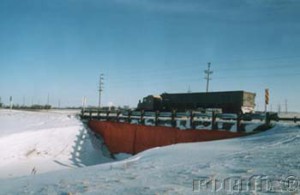
The Tourand Creek Bridge Case Study
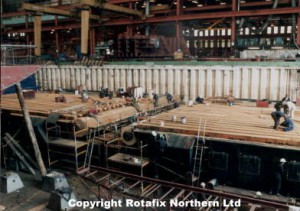
Newport Docks Lock Gates Case Study
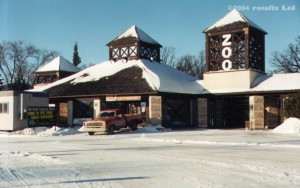
Zootique Structural Timber Repair Case Study
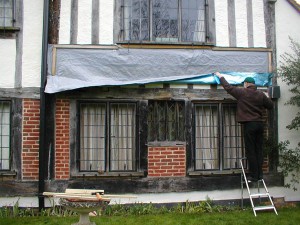
Great Barwick Timber Frame Repairs Case Study
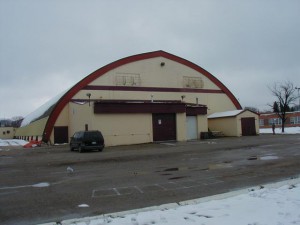
Canadian Arena GluLam Repair Case Study
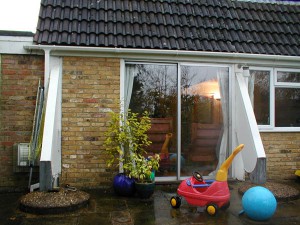
Priory Gardens Glulam Repair Case Study
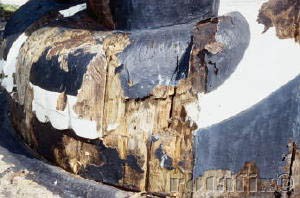
The Totem Pole – Windsor Great Park Repair Case Study
